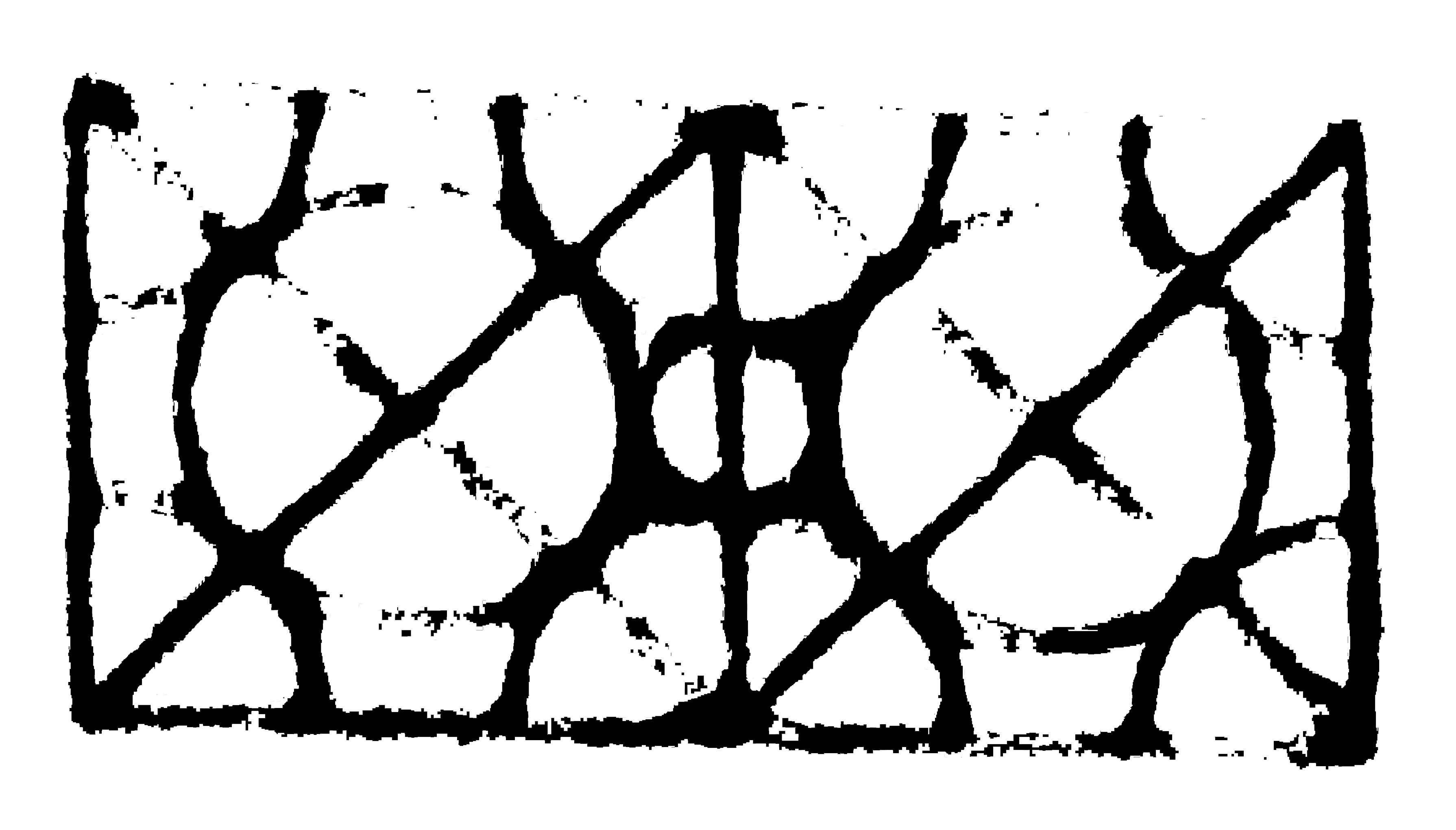Copper has the face centred cubic structure. The coordination number of each ion is:
4
12
14
8
The correct Answer is:B
The copper ion shows the structural arrangement of a face-centered cubic structure and any atom present in fcc lattice touches 12 other atoms. Therefore, the coordination number of each ion in fcc structure of copper is 12.
(##OSW_GRU_MCQ_ISC_XII_SM1_CHE_C01_E01_004_S01.png" width="80%">
Topper's Solved these Questions
- THE SOLID STATEBOOK - ICSECHAPTER - THE SOLID STATEEXERCISE - MULTIPLE CHOICE QUESTIONS (Formula based questions)
5 Videos
- THE SOLID STATEBOOK - ICSECHAPTER - THE SOLID STATEEXERCISE - MULTIPLE CHOICE QUESTIONS (Fill in the blanks)
10 Videos
- SURFACE CHEMISTRY BOOK - ICSECHAPTER - SURFACE CHEMISTRY EXERCISE - ISC EXAMINATION QUESTIONS
4 Videos
Similar Questions
Copper metal has a face-centred cubic structure with the unit cell length equal to 0.361 nm. Picturing copper ions in contact along the face diagonal, The apparent radius of a copper ion is- (A) 0.128 (B) 1.42
(C) 3.22 (D) 4.22
View SolutionCopper has a face− centred cubic structure with a unit− cell edge length of 3.61Å. What is the size of the largest atom which could fit into the intersectices of the copper lattice without distorting if ?

View Solution
Knowledge Check
Body -centred cubic lattice has a corrdination number of
A4B6C12D8Body -centred cubic lattice has a corrdination number of
A4B8C12D6Body centred cubic lattic has a coordination number
A8B12C6D4
In a simple cubic, body-centred cubic and face-centred cubic structure, the ratio of the number of atoms present is respectively
View SolutionCopper metal crystallises with a face-centred cubic (fcc) lattice. It has a coordination number of
View SolutionBody -centred cubic lattice has a corrdination number of
View SolutionIn face centred cubic structure, the octahedral voids are located at :
View SolutionCopper has a face− centred cubic structure with a unit− cell edge length of 3.61Å. What is the size of the largest atom which could fit into the intersectices of the copper lattice without distorting if ?

View Solution
